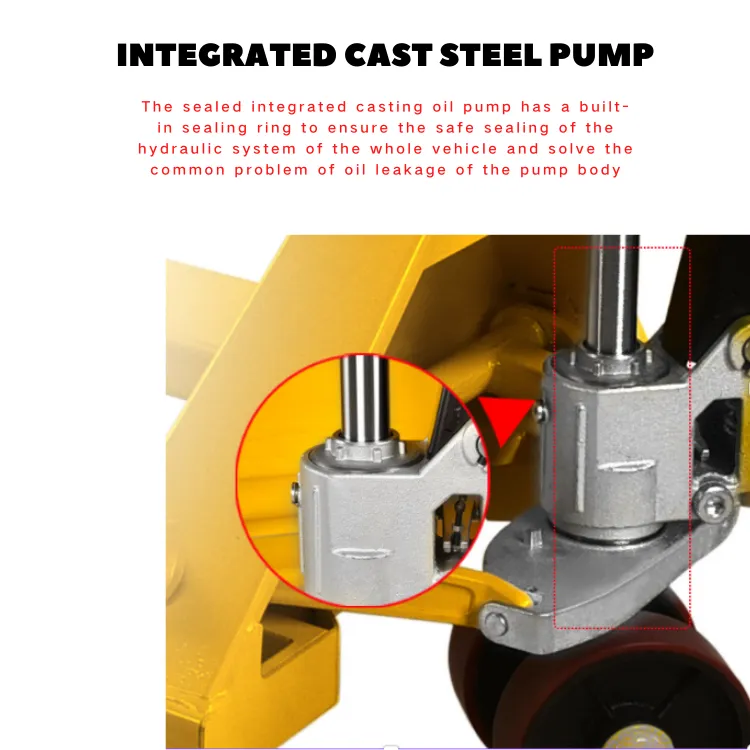lifting magnets for steel plate
Lifting Magnets for Steel Plates An Essential Tool in Industry
In the modern industrial landscape, the ability to efficiently and safely handle heavy materials is paramount. Among the myriad equipment available for lifting and transporting ferrous materials, lifting magnets have emerged as a cornerstone solution, particularly when it comes to steel plates. These powerful devices not only enhance productivity but also improve safety in various industrial settings.
Understanding Lifting Magnets
Lifting magnets utilize the principle of magnetism to securely attach to and lift heavy steel plates and other ferrous materials. They are commonly composed of high-quality magnetic materials and are designed to create a strong magnetic field when powered. Lifting magnets can be categorized into two main types permanent magnets and electromagnetic lifting magnets.
Permanent Lifting Magnets These magnets generate a magnetic field without needing an external power source. They are simple to operate and are particularly useful for applications where portability and ease of use are crucial. Permanent lifting magnets are ideal for handling steel plates in workshops, assembly lines, and other indoor environments.
Electromagnetic Lifting Magnets These magnets require an external power source to generate a magnetic field. They offer greater control over the lifting process and can be easily turned on or off as needed. Electromagnetic lifting magnets are advantageous in heavy-duty applications where the lifting of large steel plates is common, such as in construction sites, shipyards, and steel manufacturing plants.
Advantages of Using Lifting Magnets
1. Efficiency in Operations One of the primary advantages of lifting magnets is their ability to handle multiple steel plates simultaneously, significantly reducing the time and labor involved in manual handling. This efficiency can lead to shorter project timelines and lower operational costs.
2. Safety Improvements Traditional lifting methods often involve chains, slings, or hooks, which can be hazardous if not handled properly. Lifting magnets provide a secure grip on the steel plates, minimizing the risk of slippage or accidents. This increased safety not only protects workers but also reduces potential damage to the materials being handled.
3. Versatility Lifting magnets are highly versatile and can be used in a variety of industries, including manufacturing, construction, and scrap recycling. They can handle steel plates of various sizes and thicknesses, making them a valuable asset for businesses that often deal with diverse materials.
lifting magnets for steel plate

4. Reduced Labor Costs By automating the lifting process, lifting magnets require fewer personnel for operations, allowing businesses to allocate human resources more effectively. This reduction in labor needs translates directly into decreased operational expenses.
5. Damage Reduction Unlike traditional lifting mechanisms that may cause scratches or dents to the steel plates, lifting magnets provide a non-contact lifting solution. This significantly reduces the likelihood of material damage during transportation and handling.
Factors to Consider When Choosing Lifting Magnets
When selecting lifting magnets for steel plates, there are several factors to consider
1. Weight Capacity It is crucial to determine the maximum weight of the steel plates that need to be lifted. Lifting magnets come in various sizes and weight capacities, so it's essential to choose one that can safely handle the load.
2. Plate Thickness The thickness of the steel plates will impact the performance of the lifting magnet. Manufacturers often provide guidelines to help users select the appropriate magnet for specific thickness ranges.
3. Operating Environment The environment in which the lifting magnets will be used should also be considered. Factors such as temperature, humidity, and the presence of dust or debris can affect the performance and longevity of the magnets.
4. Power Source For electromagnetic lifting magnets, consider the availability of an appropriate power source. Ensure that electrical requirements match the specifications of the magnets to maintain optimal operation.
Conclusion
In conclusion, lifting magnets for steel plates are invaluable tools in today’s industrial operations. Their efficiency, safety, versatility, and cost-effectiveness make them an essential choice for manufacturers, constructors, and logistics providers alike. By understanding the different types of lifting magnets and carefully considering the various factors involved in their selection, businesses can enhance their material handling processes and improve overall operational performance. As industries continue to evolve, the importance of dependable and efficient lifting solutions will only grow, further solidifying the role of lifting magnets in the workplace.
-
Unlock Seamless Relocation with Our Heavy Equipment Moving ExpertiseNewsJun.06,2025
-
Unleash Unrivaled Flexibility with Our Adjustable Gantry CraneNewsJun.06,2025
-
Unleash Heavy-Duty Efficiency with Our Industrial Gantry Crane SolutionsNewsJun.06,2025
-
Revolutionize Steel Handling with Our Magnetic Lifter RangeNewsJun.06,2025
-
Master Equipment Mobility with Premium Machinery Mover SolutionsNewsJun.06,2025
-
Elevate Your Material Handling with Magnetic Lifter TechnologyNewsJun.06,2025
-
YS Permanent Lifting Magnets: The Smarter Way to Handle SteelNewsMay.22,2025
